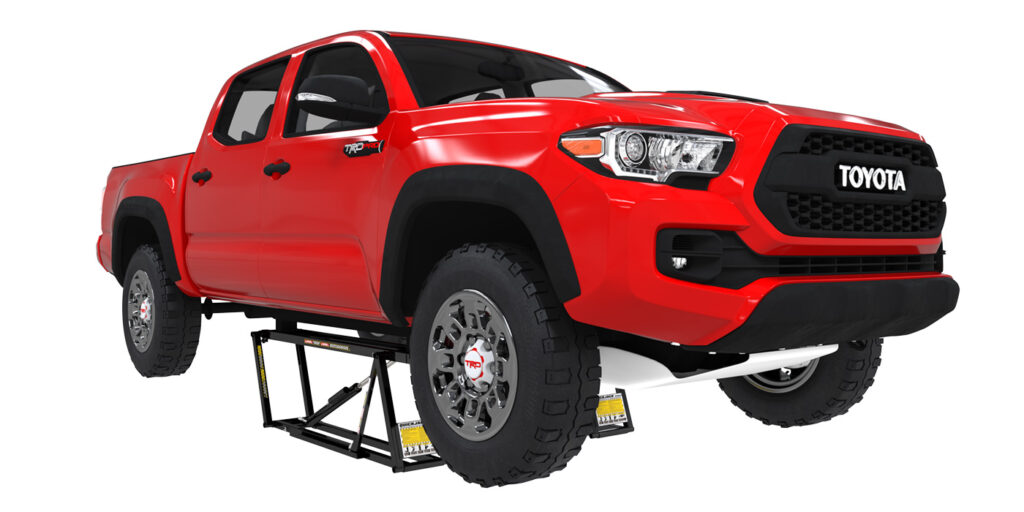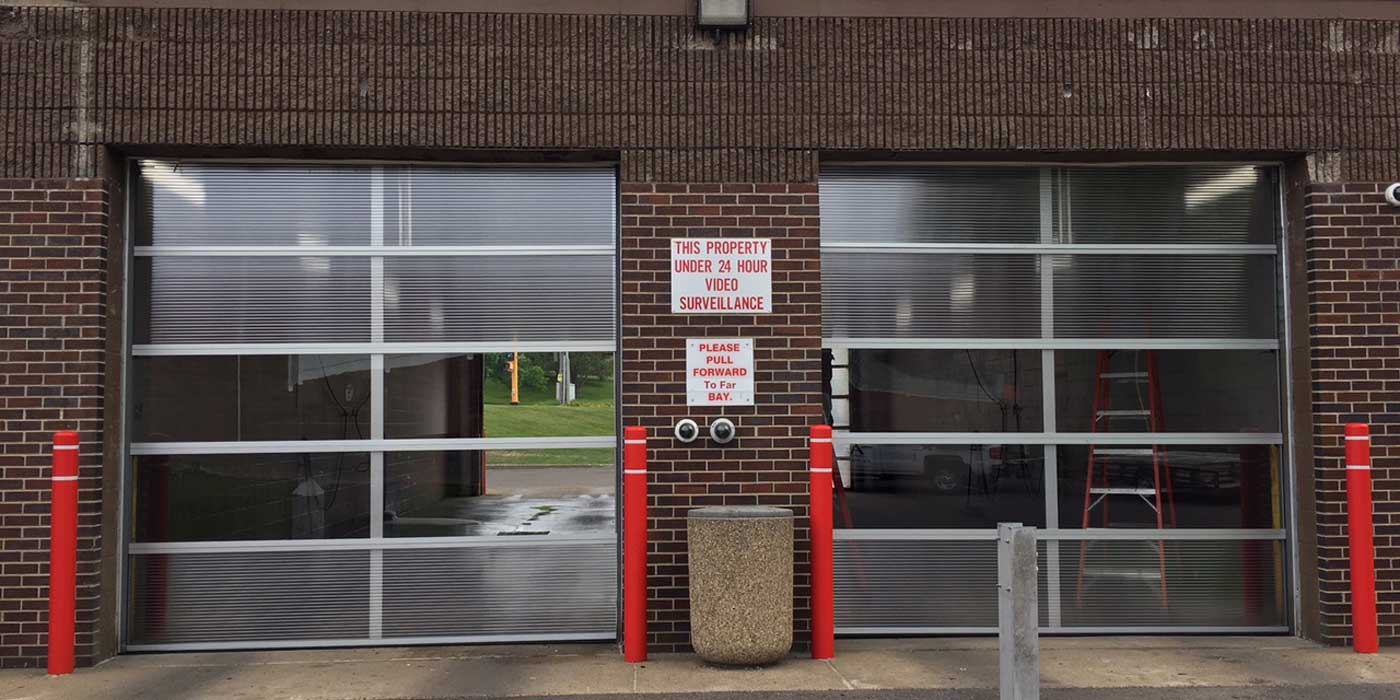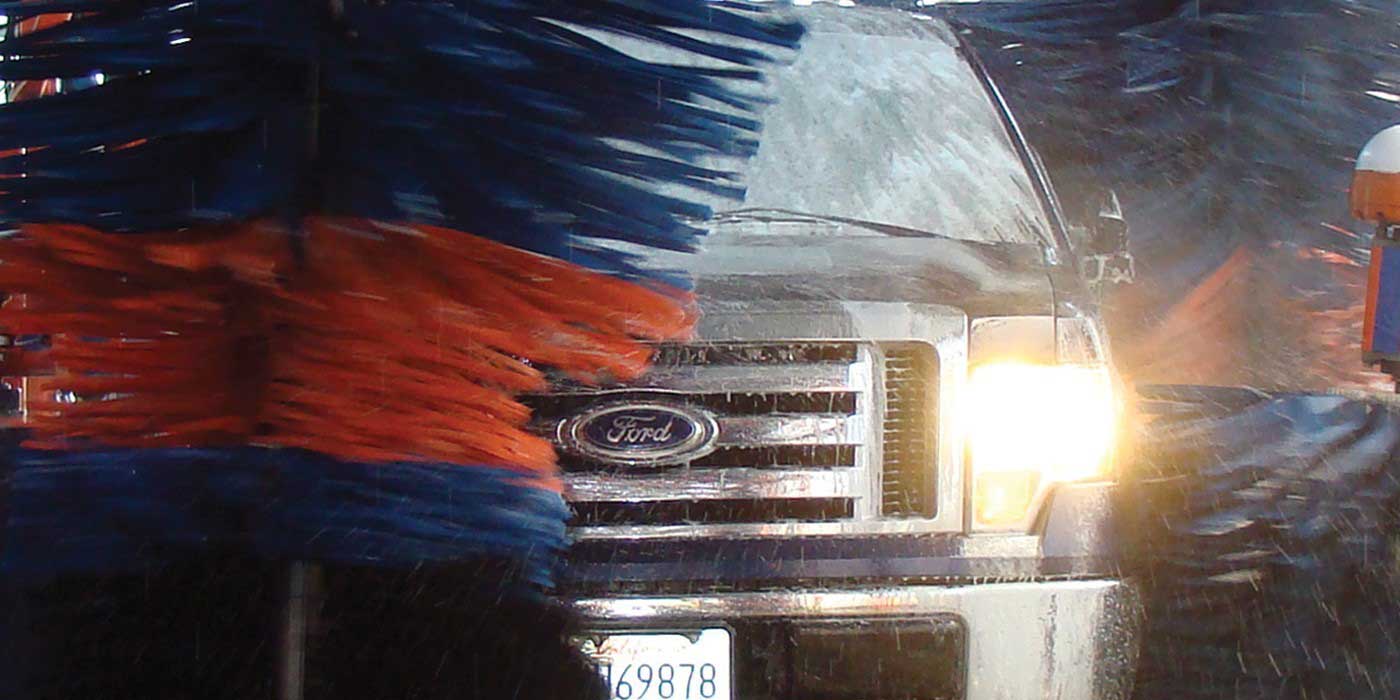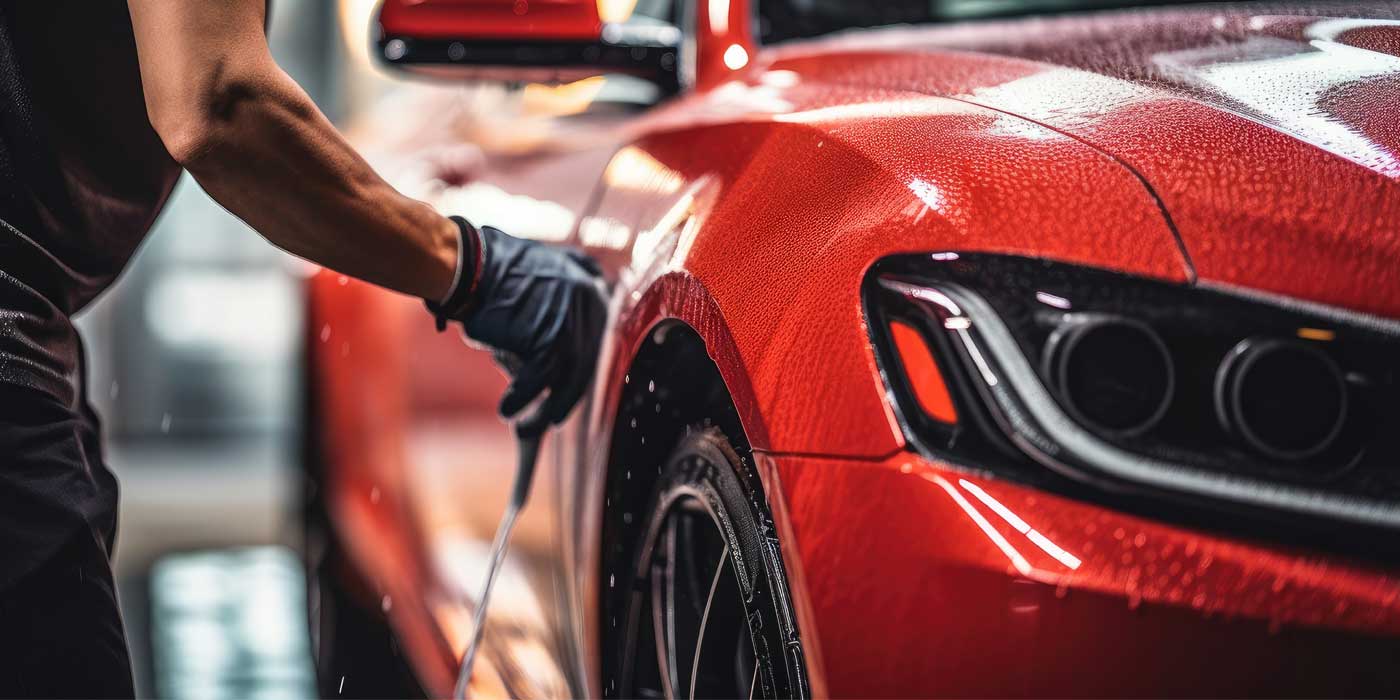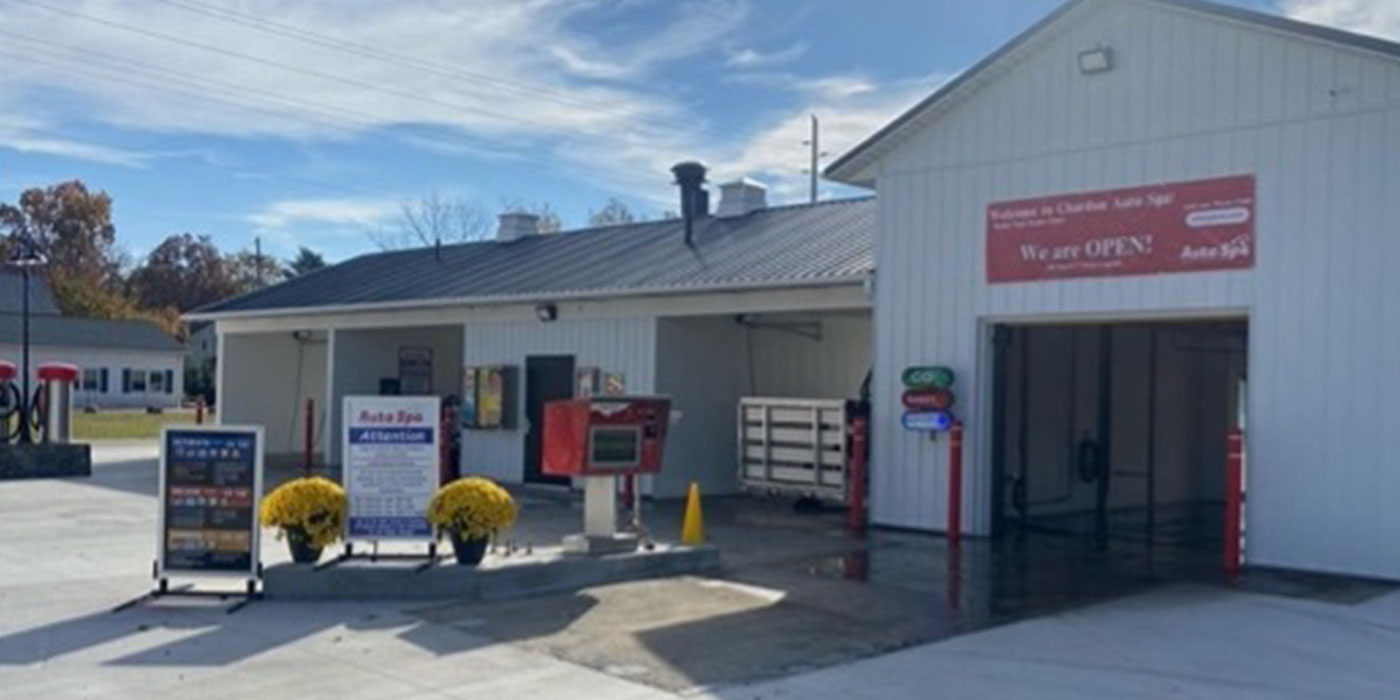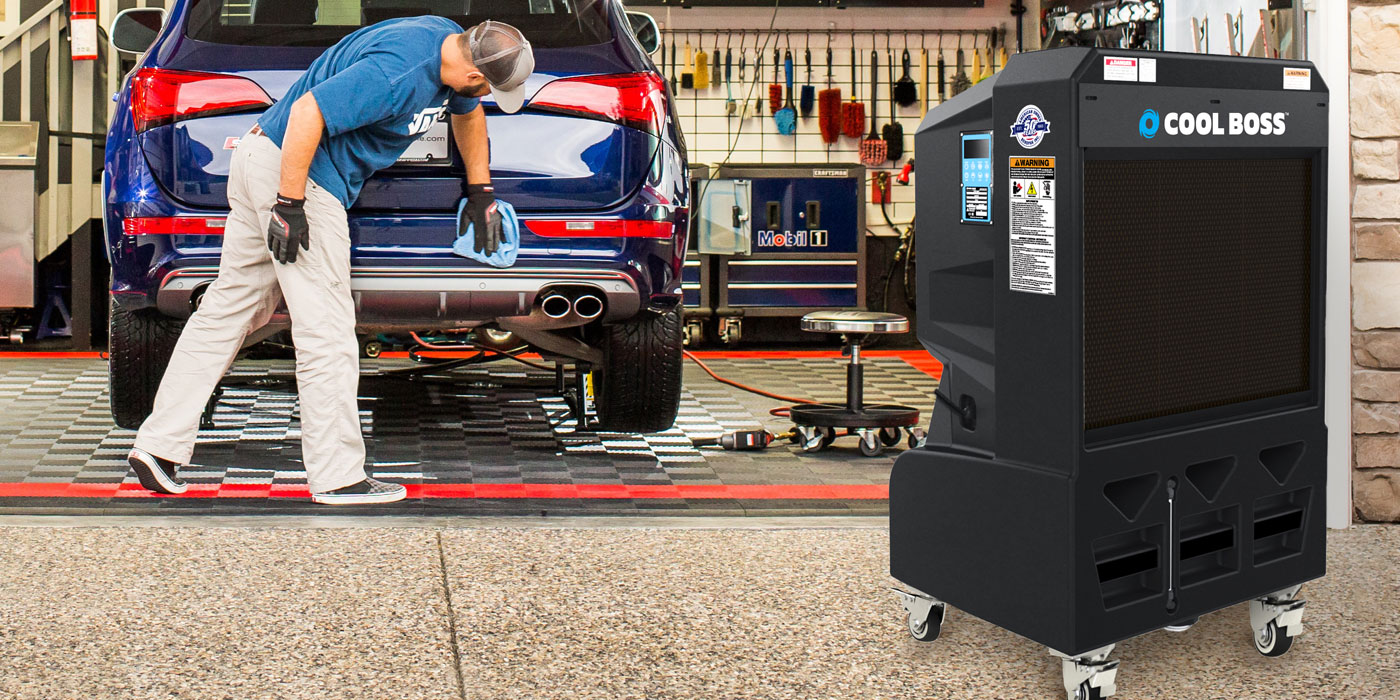Using portable lifts makes detailing cars easier and more efficient. But, it doesn’t have to stop with cars. The ergonomic and efficiency benefits of using a low-rise portable lift can be safely extended to SUVs and trucks.
Ergonomic benefits are the calling card of well-engineered portable car lifts. That’s because detailing a vehicle by hand can cause muscle and joint pain in backs, elbows and knees. But, a portable low-rise lift puts a vehicle at a comfortable working position so you can detail more ergonomically, even sitting on a rolling work seat instead of stooping or kneeling on the ground.
Using a lift lets you remove the wheels to get full access to the wheel wells, brakes, shocks and suspension components while eliminating the fear of potentially bumping or shaking the car off a jack stand.
If you want to lift SUVs and pickup trucks, look for a higher capacity portable lift. Generally, a lift with a 7,000-pound rated load capacity is sufficient for light-duty trucks and vans. Also make sure it has sufficient length and the ability to reach the lifting points on a truck or SUV. Consider a lift with an extended length and lifting point reach. You’ll probably also need an SUV and truck adapter kit.
To figure out which lift is best for your needs, start with a vehicle you commonly service and find these four basic
measurements:
- Vehicle curb weight: Usually printed on a sticker on the driver’s side door, in the manual or online. Your lift will need to be rated to lift at least this much weight.
- Tire spread: Measure the distance between the front and rear tire treads, keeping the measuring tape about 3 inches above the ground. Then, subtract 2 inches. The result is your tire spread measurement. Your lift’s frames need to be smaller than this to fit cleanly between the vehicle’s tires.
- Lift point spread: Measure the distance between the inside of the OEM lifting point at the front of the car to the inside of the opposite lifting point. This is your minimum lifting point spread. Then, measure the outside of one lifting point to the other. This is your maximum lifting point spread. From the minimum to the maximum is the range available to position the lift’s adapters.
- Ground clearance: Measure the distance from the ground to a lifting point. This is your ground clearance. Your lift will have to collapse to less than the ground clearance to slide under the vehicle.
With these four measurements in hand, you can compare them to vehicle lift specifications to select which models will work best. If you service a wide range of vehicles, you can run these calculations for several different vehicles to find the lift that works for the majority. Or, you can buy more than one lift to handle everything from low-slung roadsters to luxury SUVs and full-size pickups.

